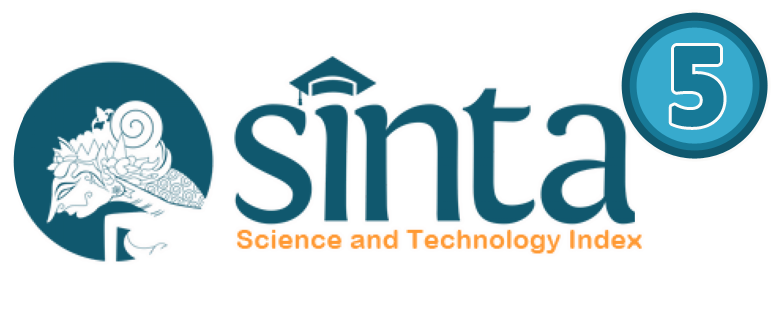Online Submissions
Already have a Username/Password for The Indonesian Journal of Public Administration (IJPA)?
Go to Login
Need a Username/Password?
Go to Registration
Registration and login are required to submit items online and to check the status of current submissions.
Submission Preparation Checklist
As part of the submission process, authors are required to check off their submission's compliance with all of the following items, and submissions may be returned to authors that do not adhere to these guidelines.
The submission has not been previously published, nor is it before another journal for consideration (or an explanation has been provided in Comments to the Editor).
The submission file is in OpenOffice, Microsoft Word, RTF, or WordPerfect document file format.
Where available, URLs for the references have been provided.
The text is single-spaced; uses a 12-point font; employs italics, rather than underlining (except with URL addresses); and all illustrations, figures, and tables are placed within the text at the appropriate points, rather than at the end.
The text adheres to the stylistic and bibliographic requirements outlined in the Author Guidelines.
If submitting to a peer-reviewed section of the journal, the instructions in Ensuring a Blind Review have been followed.
Check each referred article for accuracy and make sure every quoted work in the article is written in References. Works that are not cited but mentioned in References will be omitted by the editor.
Books Anderson, B. (1983). Imagined Communities. London: Verso. Book chapter Smith, F. M., & Jones, W. (2004). The college student. In C. Wood & M. Meyer (Eds.), Cross-cultural education (pp. 75- 105). London, Canada: MacMillan. Journal Article Lee, K. (2004). Reading and learning strategies: Recommendations for the 21st century. Journal of Developmental Education, 28(2), 2-15. Journal article with DOI Kusumaningrum, D. (2016). Interdependence versus truth and justice: lessons from reconciliation processes in Maluku Jurnal Ilmu Sosial dan Ilmu Politik, 20(1), 15. doi: 10.22146/jsp.17998 Smith, G. (2012). Barthes on Jamie: myth and the tv revolutionary. Journal of Media Practice, 13, 3-17. doi: 10.1386/jmpr.13.1.3_1 Journal article on website Austin, D. (2009). Fatty acids, breastfeeding and autism spectrum disorder. E-journal of Applied Psychology, 5(1), 49-52. Retrieved from http://ojs/lib.swin.edu.au/ Newspapers article Fung, M. (2006, December 12). Asthma rates increasing. Winnipeg Free Press, pp. C4. Newspaper article on website Harris, M. (2011, August 16). Grades improve if classes start later, studies find. The Calgary Herald. Herald. Retrieved from http://www.calgaryherald.com/ Website Buzan, T. (2007). Mind maps. Retrieved September 3, 2009, from http://www.buzanworld.com/Mind_Maps.ht Website document TransCanada. (2006). Annual report. Retrieved from http://www.transcanada.com/investor/annual_reports/2006 /media/pdf/TransCanada_2006_Annual_Report.pdf Book translation Mancusa, S., & Viola, A. (2015). Brilliant green: The surprising history and science of plant intelligence (J. Benham, Trans.). Washington, DC: Island Press.
Copyright Notice
This work is licensed under a Creative Commons Attribution-NonCommercial 4.0 International License
Privacy Statement
The names and email addresses entered in this journal site will be used exclusively for the stated purposes of this journal and will not be made available for any other purpose or to any other party.








